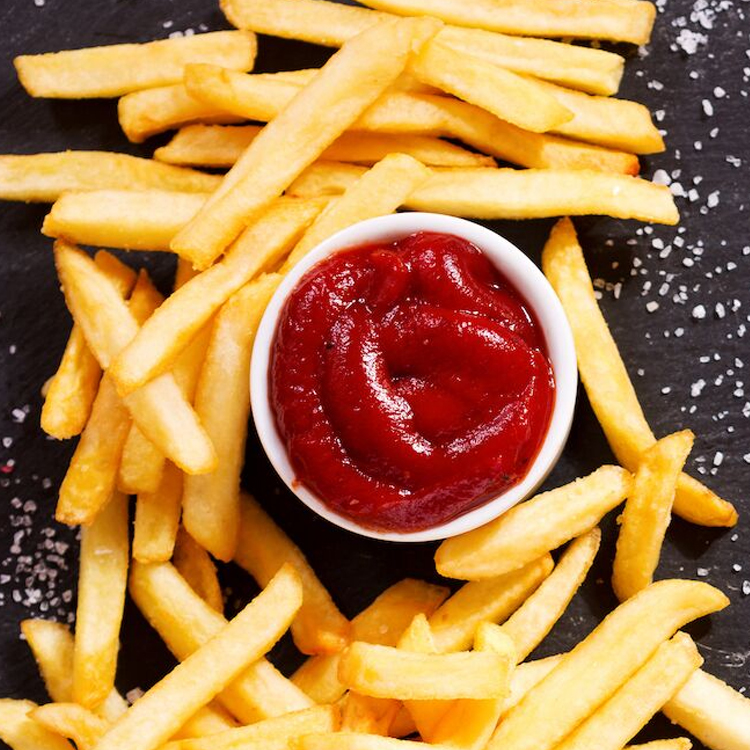
Difference Between Fine Lines and Wrinkles
While the terms fine lines and wrinkles are often used as synonyms, there are distinct differences between them that many people don’t know. In this guide, we will explain fine lines and wrinkles in detail. Let’s start with the basics first:
What Is the Difference Between Fine Lines and Wrinkles?
Fine lines and wrinkles are both signs of aging skin, but they differ in several ways. The main distinction is how deep they are.
Fine lines are shallow and usually appear as a result of repeated facial expressions such as smiling or frowning. They are more common in areas where the skin is thinner, such as around the eyes and mouth.
Wrinkles are deeper and more permanent. The aging process, sun damage, and a decrease in collagen and elastin production all contribute to their visibility. Wrinkles can occur anywhere on the face and body and become more pronounced with age.
How to Prevent Fine Lines and Wrinkles?
To maintain youthful skin and minimize the appearance of fine lines and wrinkles, it is necessary to develop an appropriate skincare routine. Let’s check what else you can do:
Use Sunscreen (Even During Cloudy Days)
Sunscreen protects the skin from harmful UV rays. UV radiation damages the skin by breaking down collagen and elastin fibers, which are essential for skin elasticity and firmness. Additionally, UV exposure can lead to the formation of free radicals, which can further damage the skin and accelerate the aging process. By applying sunscreen with a high SPF regularly, you can shield your skin from these harmful effects and reduce the risk of developing these signs of aging prematurely.
Eat Healthy Food
Eating a healthy diet rich in vitamins, minerals, and antioxidants can help prevent fine lines and wrinkles from within. Antioxidants, such as vitamins C and E, help protect the skin from free radical damage. Foods high in omega-3 fatty acids, such as fish, nuts, and seeds, help maintain skin cell membranes, which keep the skin hydrated and supple. A diet abundant in fruits, vegetables, whole grains, and quality proteins provides the nutrients necessary for collagen production.
Don’t Forget Moisturizer
Regular moisturization is an essential step in preventing fine lines and wrinkles. When the skin is well hydrated, it appears plump and smooth. Moisturizers create a barrier on the skin’s surface, prevent moisture loss, and protect the skin from dangerous external factors. Some moisturizers contain ingredients like hyaluronic acid and glycerin, which attract and retain moisture in the skin.
Carefully Choose Skincare Products
A skincare product provides the skin with essential nutrients and protection. Hence, look for products that contain ingredients known for their anti-aging properties, such as retinoids, antioxidants, and hyaluronic acid.
Retinoids stimulate collagen production and promote skin cell turnover, reducing the appearance of wrinkles. Antioxidants like vitamins C and E protect the skin from free radical damage. Hyaluronic acid and glycerin hydrate, plump the skin, and minimize the visibility of fine lines.
However, some ingredients commonly found in skincare products can be harmful to the skin. These include:
- Parabens – preservatives that may disrupt hormone function;
- Phthalates – often used to improve the texture of skincare products but are linked to adverse health effects;
- Fragrances – irritate sensitive skin.
It’s important to read labels carefully and choose products that are free from these ingredients to maintain a healthy complexion.
For Deep Wrinkles, Consider Cosmetic Procedures
Anti-aging cosmetic treatments are very effective at preventing fine lines and wrinkles. One popular treatment is Botox injections, which relax facial muscles and reduce the appearance of dynamic wrinkles like crow’s feet and frown lines. Another popular option is dermal fillers, which plump up the skin and fill in deep wrinkles and lines, restoring volume and smoothness.
Chemical peels and microdermabrasion improve skin texture and reduce the visibility of fine lines and wrinkles by removing the outer layer of dead skin cells and stimulating cell turnover. Laser resurfacing treatments are also used to promote collagen production and improve skin tone and texture.
It’s important to consult with a dermatologist or skin care professional before undergoing any cosmetic treatment to determine the most suitable option for your skin and concerns.
Frequently Asked Questions
Do fine lines always turn into wrinkles?
Not all fine lines will inevitably progress into wrinkles. Typically, fine lines are shallow. With proper skin care and preventative measures, fine lines can be minimized or prevented from deepening into more permanent wrinkles. However, factors like genetics, sun exposure, and skin care practices can influence the likelihood of fine lines developing into wrinkles. Regular moisturization, a balanced diet, and avoiding harmful habits like smoking can also help maintain skin elasticity and prevent the progression of wrinkles.
At what age do fine lines appear on the face?
Fine lines can begin to appear on the face as early as one’s 20s or 30s. However, this depends on genetics, lifestyle factors, and skincare habits. As collagen and elastin production naturally declines with age, the skin becomes less able to bounce back after movements. This leads to the formation of more noticeable fine lines and wrinkles.
Can moisturizer fix fine lines?
Moisturizers can improve the appearance of fine lines by hydrating the skin and temporarily plumping up the skin cells, which makes the lines appear less noticeable. However, moisturizers cannot eliminate fine lines completely, especially deep ones. For a more significant reduction in fine lines, other treatments such as retinoids, hyaluronic acid, or cosmetic procedures may be more effective.


